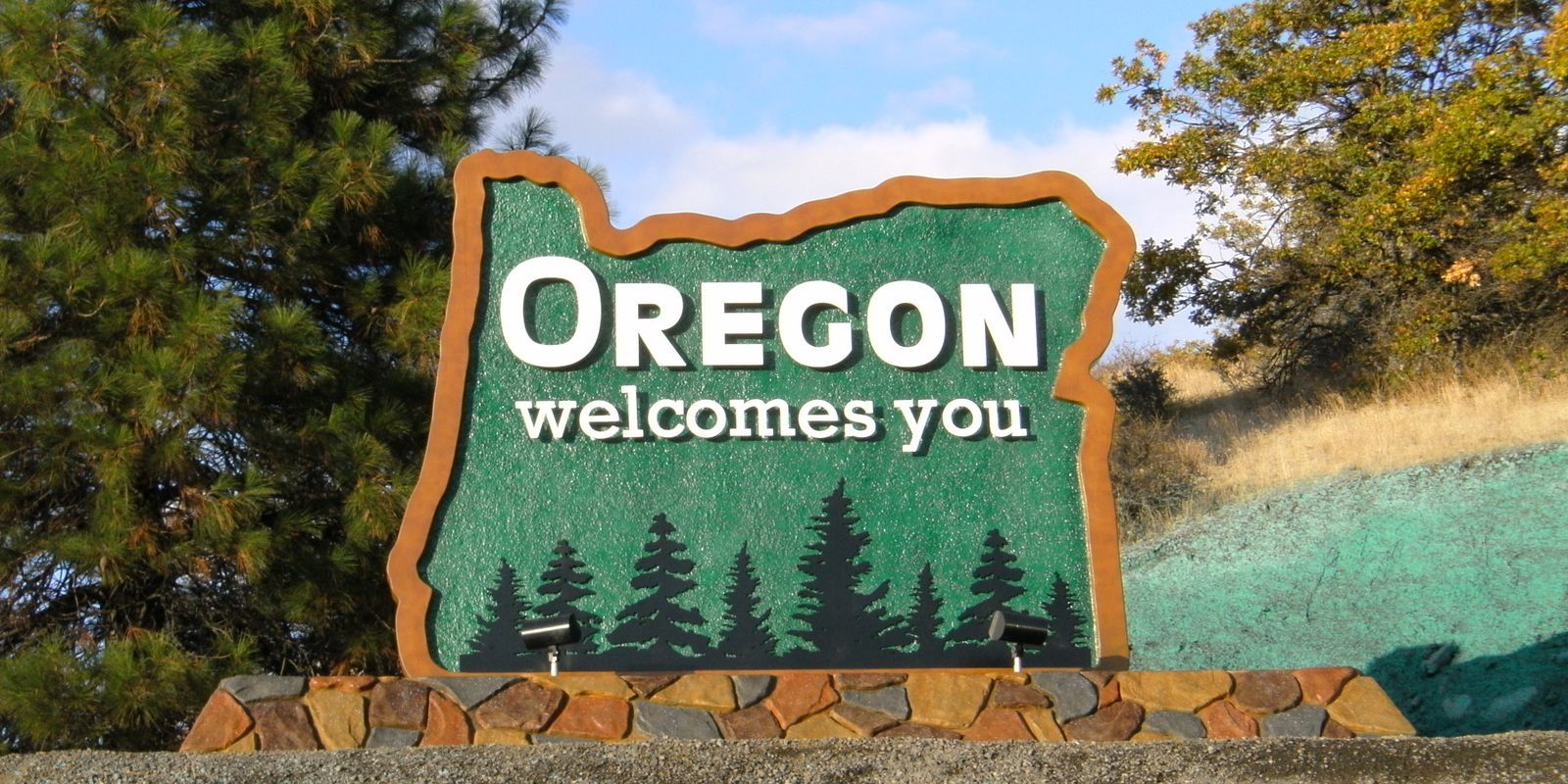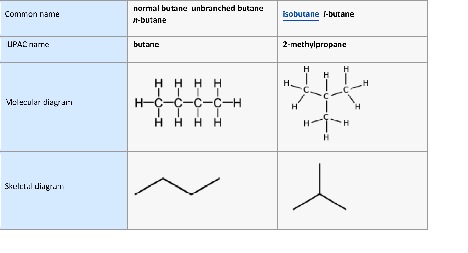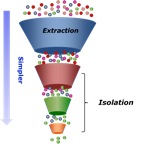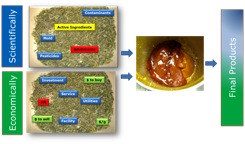Much has been made about the plummeting market value of cannabis grown outdoors in Oregon. This certainly isn’t a reflection of the product quality within the marketplace, but more closely attributable to the oversaturation of producers in this space. This phenomenon has similarities to that of ‘Tulip Mania’ within the Dutch Golden Age, whereby tulip bulbs were highly coveted assets one day, and almost worthless the next. During times like these, it is very easy for industry professionals to become disheartened; however, from a scientific perspective, this current era in Oregon represents a tremendous opportunity for discovery and fundamental research.

As we have mentioned in previous presentations and commentaries, our research group is interested in exploring the breadth of chemical constituents expressed in cannabis to discover novel molecules, to ultimately develop targeted therapies for a wide range of illnesses. Intrinsically, this research has significant societal implications, in addition to the potential financial benefits that can result from scientific discovery and the development of intellectual property. While conducting our experiments out of Arlington, Texas, where the study of cannabis is highly restricted, we have resorted to the closet genetic relative of cannabis, hops (Humulus lupulus), as a surrogate model of many of our experiments (Leghissa et al., 2018a). In doing so, we have developed a number of unique methods for the characterization of various cannabinoids and their metabolites (Leghissa et al., 2018b; Leghissa et al., 2018c). These experiments have been interesting and insightful; however, they pale in comparison to the research that could be done if we had unimpeded access to diverse strains of cannabis, as are present in Oregon. For example, gas chromatography-vacuum ultraviolet spectroscopy (GC-VUV) is a relatively new tool that has recently been proven to be an analytical powerhouse for the differentiation of various classes of terpene molecules (Qiu et al., 2017). In Arlington, TX, we have three such GC-VUV instruments at our disposal, more than any other research institution in the world, but we do not have access to appropriate samples for application of this technology. Similarly, on-line supercritical fluid extraction – supercritical fluid chromatography – mass spectrometry (SFE-SFC-MS) is another capability currently almost unique to our research group. Such an instrument exhibits extreme sensitivity, supports in situ extraction and analysis, and has a wide application range for potential determination of terpenes, cannabinoids, pesticides and other chemical compounds of interest on a single analytical platform. Efforts are needed to explore the power and use of this technology, but they are impeded based on current regulations.

Circling back, let’s consider the opportunities that lie within the abundance of available outdoor-grown cannabis in Oregon. Cannabis is extremely responsive to environmental conditions (i.e., lighting, water quality, nutrients, exposure to pest, etc.) with respect to cannabinoid and terpene expression. As such, outdoor-grown cannabis, despite the reduced market value, is incredibly unique from indoor-grown cannabis in terms of the spectrum of light to which it is exposed. Indoor lighting technologies have come a long way; full-spectrum LED systems can closely emulate the spectral distribution of photon usage in plants, also known as the McCree curve. Nonetheless, this is emulation and nothing is ever quite like the real thing (i.e., the Sun). This is to say that indoor lighting can certainly produce highly potent cannabis, which exhibits an incredibly robust cannabinoid/terpene profile; however, one also has to imagine that such lighting technologies are still missing numerous spectral wavelengths that, in a nascent field of study, could be triggering the expression of unknown molecules with unknown physiological functions in the human body. Herein lies the opportunity. If we can tap into the inherently collaborative nature of the cannabis industry, we can start analyzing unique plants, having been grown in unique environments, using unique instruments in a facilitative setting, to ultimately discover the medicine of the future. Who is with us?
References
Leghissa A, Hildenbrand ZL, Foss FW, Schug KA. Determination of cannabinoids from a surrogate hops matrix using multiple reaction monitoring gas chromatography with triple quadrupole mass spectrometry. J Sep Sci 2018a; 41: 459-468.
Leghissa A, Hildenbrand ZL, Schug KA. Determination of the metabolites of Δ9-Tetrahydrocannabinol using multiple reaction monitoring gas chromatography – triple quadrapole – mass spectrometry. Separation Science Plus 2018b; 1: 43-47.
Leghissa A, Smuts J, Changling Q, Hildenbrand ZL, Schug KA. Detection of cannabinoids and cannabinoid metabolites using gas chromatography-vacuum ultraviolet spectroscopy. Separation Science Plus 2018c; 1: 37-42.
Qiu C, Smuts J, Schug KA. Analysis of terpenes and turpentines using gas chromatography with vacuum ultraviolet detection. J Sep Sci 2017; 40: 869-877.









